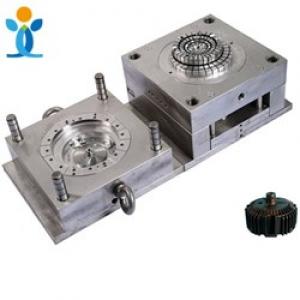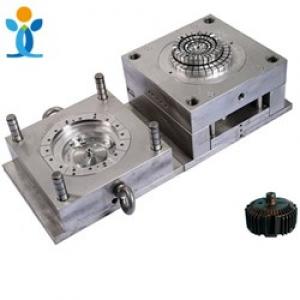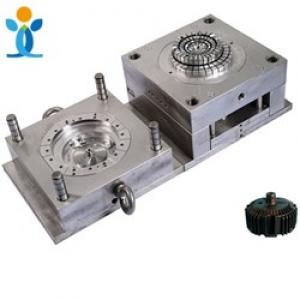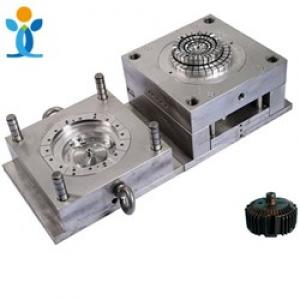fresh air system type by air supply mode
1. One way fresh air systemUnidirectional flow system is a diversified ventilation system formed by the combination of Central mechanical exhaust and natural air inlet based on the three principles of mechanical ventilation system, which is composed of fan, air inlet, exhaust and various pipes and joints. The fan installed in the ceiling is connected with a series of air outlets through pipes. The fan is started. The indoor turbid air is discharged out of the room through the air intake installed in the room through the fan. Several effective negative pressure areas are formed in the room. The indoor air continuously flows to the negative pressure area and is discharged out of the room. The outdoor fresh air is supplied by the air inlet installed above the window frame (between the window frame and the wall) The mouth continuously replenishes the room, thus breathing the high quality fresh air. The air supply system of the new air system does not need the connection of the air supply pipe, while the exhaust pipe is generally installed in the aisle, toilet and other places where there is usually a ceiling, which basically does not occupy additional space.
2. Two way flow fresh air system
The two-way flow fresh air system is a central mechanical air supply and exhaust system based on three principles of mechanical ventilation system, and it is an effective supplement to the one-way flow fresh air system. In the design of the two-way flow system, the location of the main exhaust fan and the indoor exhaust outlet is basically consistent with the distribution of the one-way flow. The difference is that the fresh air in the two-way flow system is supplied by the main fresh air. The fresh air main unit is connected with the indoor air distributor through the pipeline. The fresh air main unit continuously sends the outdoor fresh air into the room through the pipeline, so as to meet the needs of people's daily life for fresh and quality air. Both the exhaust and fresh air outlets are equipped with air volume regulating valves, which realize indoor ventilation and air exchange through the power exhaust and delivery of the main engine.
3. Ground air supply system
As carbon dioxide is heavier than air, the closer it is to the ground, the lower the oxygen content. In terms of energy saving, the fresh air system installed on the ground will get better ventilation effect. The cold air from the air supply outlet at the bottom of the floor or wall diffuses on the surface of the floor to form an organized air distribution; and a buoyant wake is formed around the heat source to take away the heat. Because the wind speed is low, the air distribution turbulence is gentle and there is no large eddy current, so the air temperature in the indoor working area is relatively consistent in the horizontal direction, while in the vertical direction, the higher the layer, the more obvious the phenomenon. The upward wake generated by the heat source can not only take away the heat load, but also bring the dirty air from the working area to the upper part of the room, which is discharged by the air outlet at the top. The fresh air, waste heat and pollutants from the bottom tuyere move upward under the driving force of buoyancy and air distribution, so the ground air fresh air system can provide good air quality in the indoor work area.
Although the ground air supply has certain advantages, it also has certain application conditions. Generally, it is applicable to the places where the pollution source is related to the heat source, and the floor height is not less than 2.5m, at this time, the dirty air is easy to be taken away by the buoyancy wake; There is also a upper limit for the design cooling load of the room. The research shows that if there is enough space for a large-scale air supply and dissipation device, the room cooling load can reach 120W / ㎡, the room cooling load is too large, the power consumption of displacement ventilation will increase significantly, and the economy will decline; in addition, the contradiction between the floor space and the space occupied by the air supply device is more prominent.
It can be seen that according to the different installation environment of the fresh air system, there will be some differences in the selected fresh air system. The best air exchange effect can be achieved only by selecting the fresh air system suitable for your own home.
The principle of positive pressure air supply is to directly send the wind into the house through power. According to experts, this kind of system has no big problem in theory, but its convective property is poor.
The other form of negative pressure ventilation is to draw the air out of the room through the exhaust fan, resulting in the indoor air pressure less than the outdoor air pressure, and the external air enters the space automatically under the atmospheric pressure, thus forming a directional and stable airflow belt in the space. It is characterized by directional and stable air flow, through with the outside rather than in the internal circulation of space




